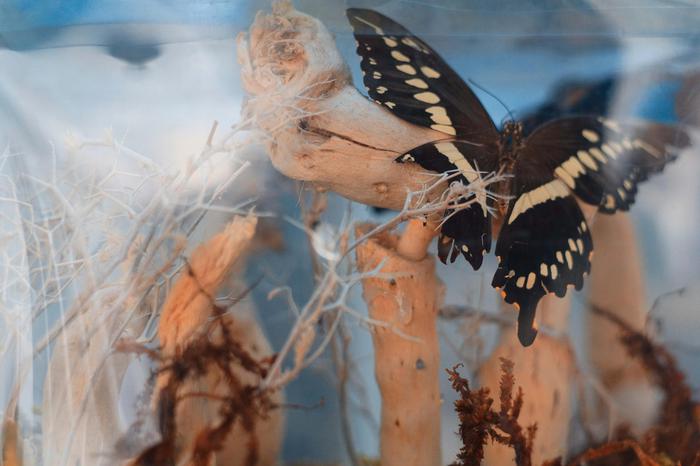(ANSA) - FLORENCE - About 300,000 reports, obtained also thanks to the contribution of citizens, concerning 269 species of butterflies, over 20,000 DNA sequences.
These are the numbers of the study coordinated by Leonardo Dapporto of the University of Florence which together with the researchers of the University of Turin collected the enormous amount of information to map the biodiversity of Italian butterflies and set the best strategies to protect them.
The research, published in Molecular Ecology, has among other things verified, explains Dapporto, "that the Alps and the area that encloses the peninsula together with Sicily are two different regions for butterflies and only seven species live in both. endemic species of each of the two regions corresponds to a specific risk of extinction: measures must be taken which consider their exact distribution, now clearly reconstructed ".
"Not all biodiversity is evident - explains Dapporto - and it is estimated that about one third of existing species is apparently identical to others and therefore indistinguishable to our eyes. Furthermore, genetic diversity can only be measured through DNA analyzes" .
And "by analyzing the DNA sequences of a large number of butterflies" in Italy, with the exception of Sardinia, "we were able to go beyond the appearance of individuals and this allowed us to identify 69 endemic butterflies of the Alpine-Apennine region and to understand their distribution throughout the Italian territory ".
The Institute of Evolutionary and Botanical Biology in Barcelona, the University College of London and the University of Oulu in Finland also collaborated in the study.
Citizen science platforms played a significant role in the success of the research, where hundreds of butterfly-loving citizens shared images and information of their sightings.
The study was also possible thanks to the collaboration of eight Italian national parks that financed the research: they are the park of the Tuscan Archipelago;
the Tuscan-Emilian Apennines, the Casentinesi Forests, Monte Falterona and Campigna;
Monti Sibillini, Gran Sasso and Monti della Laga;
of Abruzzo, Lazio and Molise;
of the Maiella;
of Alta Murgia.
(HANDLE).

